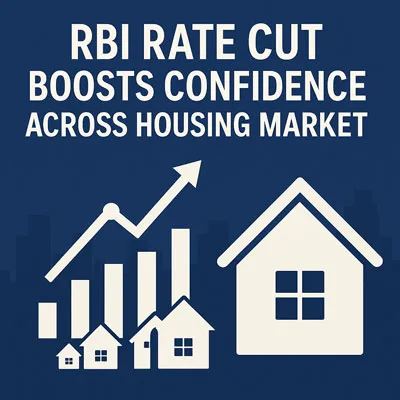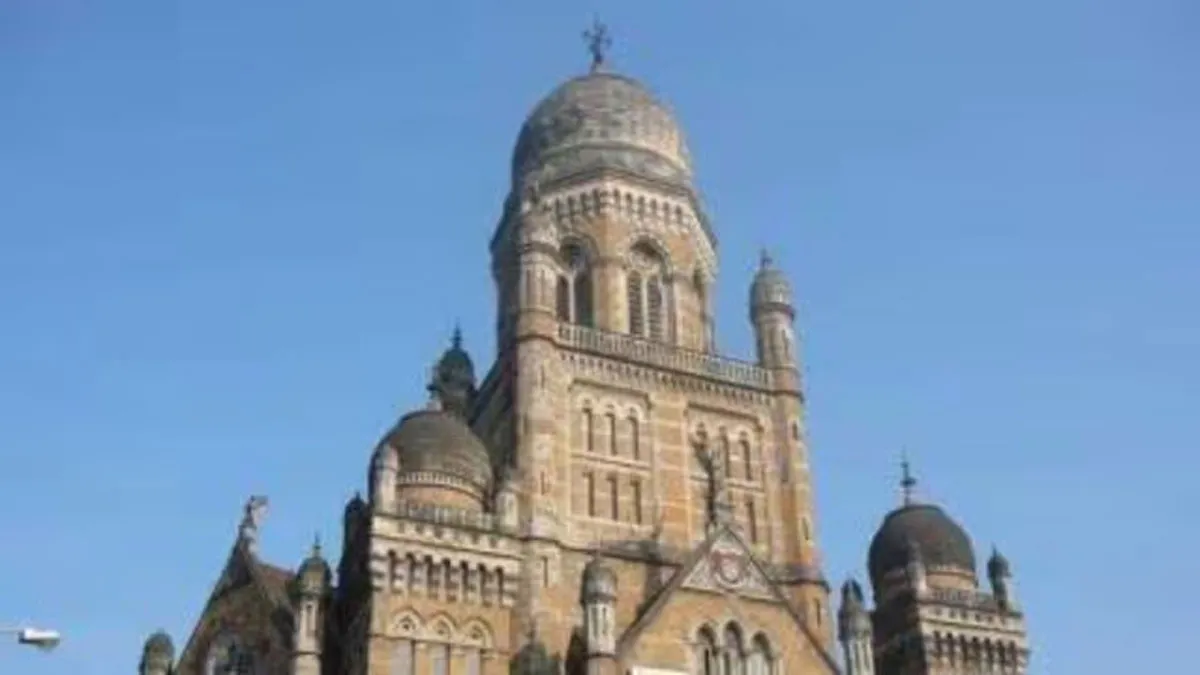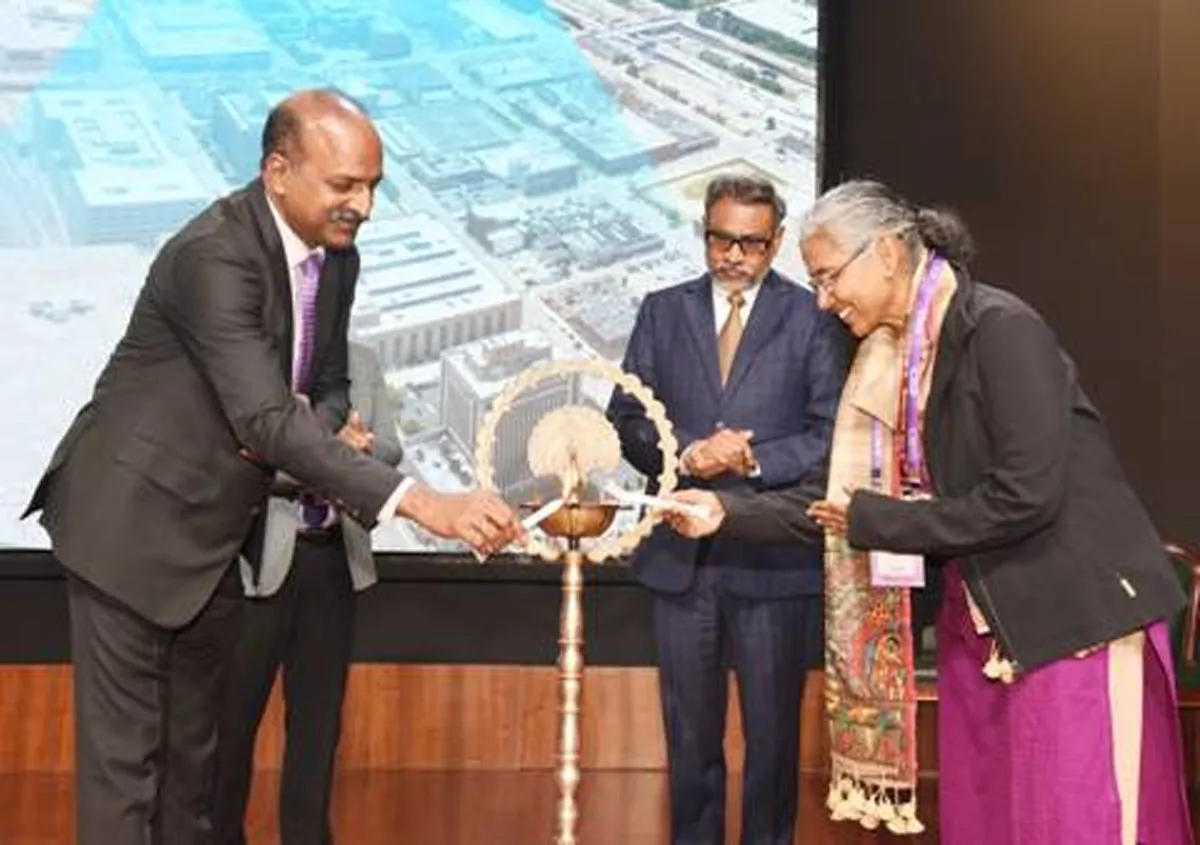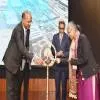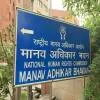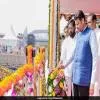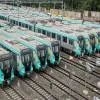KANESAN VELUPPILLAI, Group COO, Transport Solutions, Scomi Group Berhad, shares the challenges of bringing the first monorail to India and what makes it the ideal way forward for Indian cities.
Indian urban transport systems are constantly trying to keep pace with the rapid rate of urbanisation over the past few decades but the supply of transport infrastructure has lagged behind and funding has been inadequate.
At present, even if the majority of modes of travel exist in India, there is still a large imbalance in the modal split and cities are trying to upgrade to newer forms of urban mobility.
Crisis management
Like any other modern urban city, Mumbai has also been undergoing a crisis in urban transport. Despite investments in road infrastructure and plans for land use and transport development, congestion, traffic accidents and air pollution are rampant. Increase in personal vehicles and different forms of intermediate public transport provided by the informal sector are struggling to meet the mobility demands of residents. There is a demand for an efficient, fast, sustainable, economical and eco-friendly transport system.
Recognising this need, the state government and urban infrastructure authorities in Mumbai put together a comprehensive transport infrastructure makeover plan where we at Scomi Engineering, and our consortium partner Larsen & Toubro, secured the Mumbai monorail project from the Mumbai Metropolitan Region Development Authority (MMRDA) in 2008. The proposal for the first-of-its-kind mass rapid transit system was put forward as a solution to the area's transportation challenges.
Ideal commute
That journey has withstood many obstacles and conditions to bring forth a multimodal commuting system that promises to shape up the city infrastructure in an organised framework. The 20-km Jacob Circle-Wadala-Chembur route is the first in the country and the second longest in the world after the Osaka monorail corridor in Japan, which is 23.8 km long. A monorail with four cars will have the capacity to ferry 562 passengers, while one with six cars will be able to accommodate 852.
Today, the monorail is the best form of public transport in densely populated urban areas owing to its manoeuvrability that improves connectivity and saves travel time. But it took a lot of time and effort to integrate this seamless transport system in the busy financial capital of India. The introduction of the monorail was not an easy infrastructural move in Mumbai that already had the presence of the suburban railway system serving bulk traffic. Although the monorail had garnered international acclaim, there was no conceptual framework for it in India. The purpose was to present it as a feeder service to the existing network and upcoming metro rail in the city.
Unforeseen obstacles
Any transportation establishment in India brings in infrastructural challenges. The first major hurdle came in the way of the state's strict tax regime, specifically the levy of Octroi tax; next was land acquisition. Although by nature, the monorail has limited constructional needs and does not involve the dismantling of buildings and settlements, the little hazards we faced were tough to overcome.
As the construction rolled by, we witnessed some unfortunate obstacles in the form of roadblocks and restrictions. For instance, it took us one year to seek approval from the authorities to cross the Mahul Creek near Chembur for environmental reasons. In fact, the monorail is a green mode of transportation. Its coaches move on rubber tyres on concrete beams creating less noise and vibration and are powered by electric motors that are silent, efficient and clean. It is estimated to save about 200 tonne of CO2 a day in Mumbai.
Further ahead, the construction at the site near Arthur Road jail was blocked owing to security reasons. Actually, the monorail is tailor-made to move in routes where there is no scope for road widening. The monorail track from Wadala to Chembur stands complete today with regular trial runs being conducted on the route, but hutments continue to pose problems.
Another major challenge was labour shortage that extended the time gap between foundation and execution of the project. But owing to the monorail's advantages, like the need for less material and a single beam for elevation, we succeeded in overcoming each obstacle.
Active partnership
Indeed, the project has been an encouraging experience for Scomi. We had a proficient partner in L&T who carried out the civil construction works. Also, the client, MMRDA, was very supportive during all phases of the project.
The Maharashtra Government has always been active in seeking solutions to better the public transport system and its machinery works aggressively to provide better roads, bridges and transport services. The Mumbai monorail, the first in India, is testimony to its efforts to plan and provide the best for its citizens.
Final destination
Today, Mumbai is gearing up for the biggest technological innovation in urban transportation. With consecutive phases of trial runs being successfully completed last year, the final phase of testing and commissioning is going on and will soon be followed by commercial services.
The monorail is drawing interest across leading cities in the country. With all its advantages as a medium of mass transit, we hope to see it become the transportation of the future.
"The city of Mumbai is set to witness the biggest technological innovation."- Kanesan Veluppillai, Group COO, Transport Solutions, Scomi Group Berhad
For today's cities that are starved of space, teeming with millions and grappling with the challenges of a multimodal transportation network, the monorail could well be a boon. Kanesan Veluppillai, Group COO, Transport Solutions, Scomi Group Berhad, tells CW why.
Trials of Mumbai's monorail revealed that the surface of the guide way beam - on which the monorail will run - is uneven. How will you ensure a bump-free ride?
Our monorail is a state-of-the-art transportation system that meets every applicable mass transit code and complies with international safety and security standards. We undertake comprehensive daily maintenance checks and will continue to do so. Monorails run on dedicated elevated beams, reducing the chance of collision. The train saddles the beam and special tyres hold it in place, so derailments are virtually impossible.
Is the monorail the way forward for Indian cities?
Mumbai is set to witness the biggest technological innovation to happen in urban transportation. The Wadala-Chembur route being linked through major areas will benefit commuters who travel longer distances. The monorail is the most viable feeder transport option for any Indian city and 21 other cities are following in Mumbai's footsteps.
How does the monorail compare in terms of costs with other transport systems?
Tier-I and Tier-II cities are the driving force to a healthy economy, making it critical to develop good urban infrastructure. Investment in the monorail proves cost-effective as it offers increased cost savings all through construction. It requires only a single beam and is elevated; it calls for a smaller section of footprint than other rail networks. This leads to lesser space for tracks and demand for less material. And there is no additional cost of relocation of businesses and settlements. Also, owing to the highly specialised training and facilities involved, the Mumbai monorail will evolve as a cheaper but efficient mode of public travel. The monorail business is estimated to be worth $15 billion in the next five years in India alone, which is an excellent business opportunity for us.
Highlight the role of talent and skill development in executing a monorail.
The transportation sector has become hugely technology-intensive, calling for the need to upgrade workers to required standards. In the past few years of monorail implementation in India, Scomi has made employee engagement an important yardstick of its functioning. For instance, our team organised an intensive training programme for workers involving both classroom and on-the-job training including a train simulator. Arrangements were also made to send monorail drivers to Malaysia for two months' professional training by the trainers at KL Monorail; this includes driving a monorail. By offering the best quality training facilities and guidance, we are aiming to develop a productive workforce.
Share your experience of developing monorail projects in other countries.
Scomi Group is a leading provider of urban transit systems. It is one of the only two integrated monorail system providers in the world to offer end-to-end solutions including the design, fabrication and integration of the monorail rolling stock and related electromechanical systems. Currently, Scomi Group is spearheading expansion in the emerging markets of India, China, South Asia, the GCC and Brazil. After having launched Malaysia's first monorail system, the KL Monorail in 2003, we shifted our focus to other countries. Apart from India, we secured the RM 2.6 billion Line 17 Sao Paulo monorail project in Brazil together with our consortium partners. We also won a second monorail tender to provide design works, manufacture, supply and implementation of the monorail system for the 20-km monorail line for the city of Manaus in Brazil. Scomi's operation in India will help us focus more on neighbouring markets like Bangladesh and Sri Lanka that have master plans for monorail projects.
To share your similar construction sector experiences with us, write in at feedback@ASAPPmedia.com

